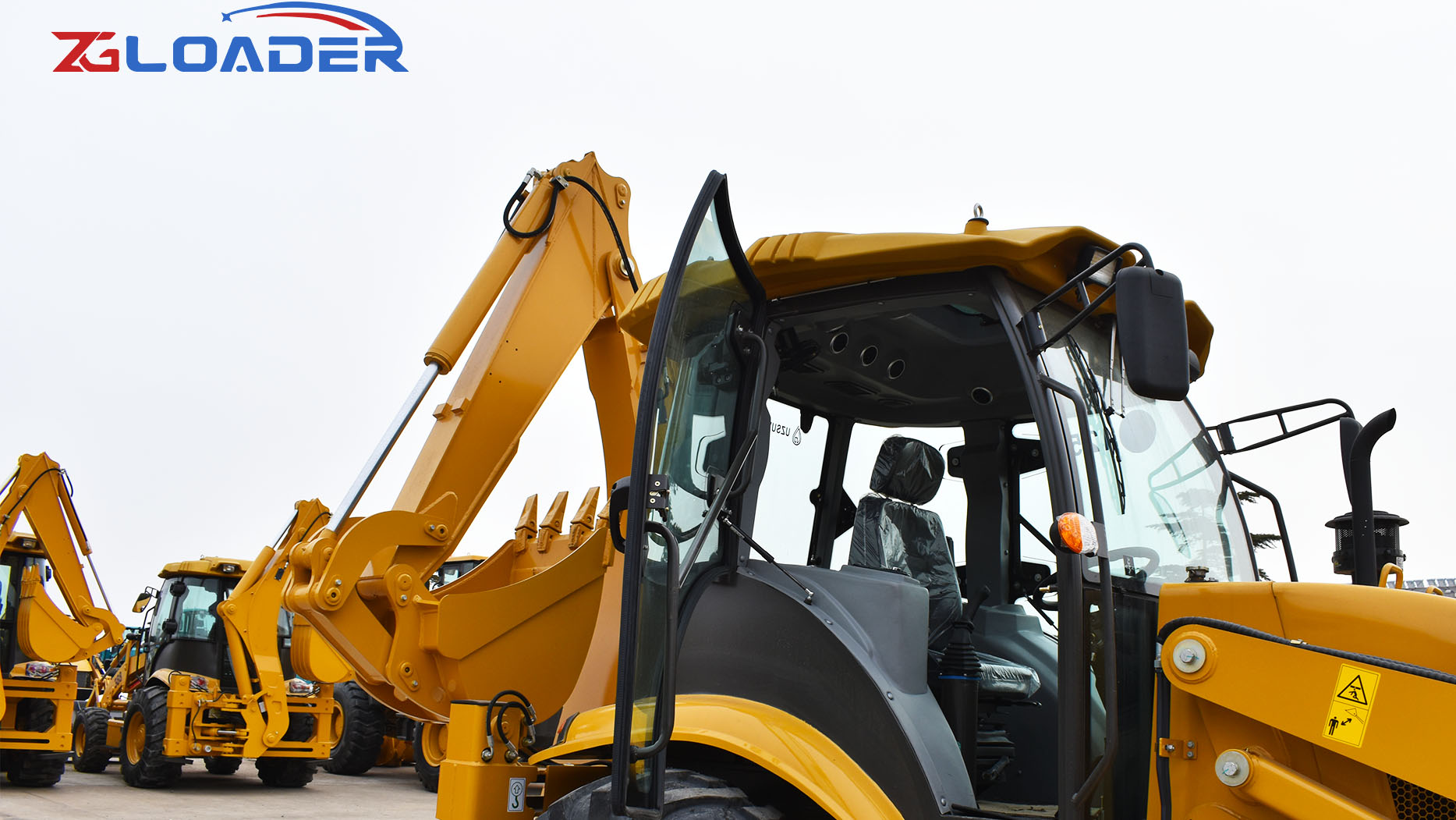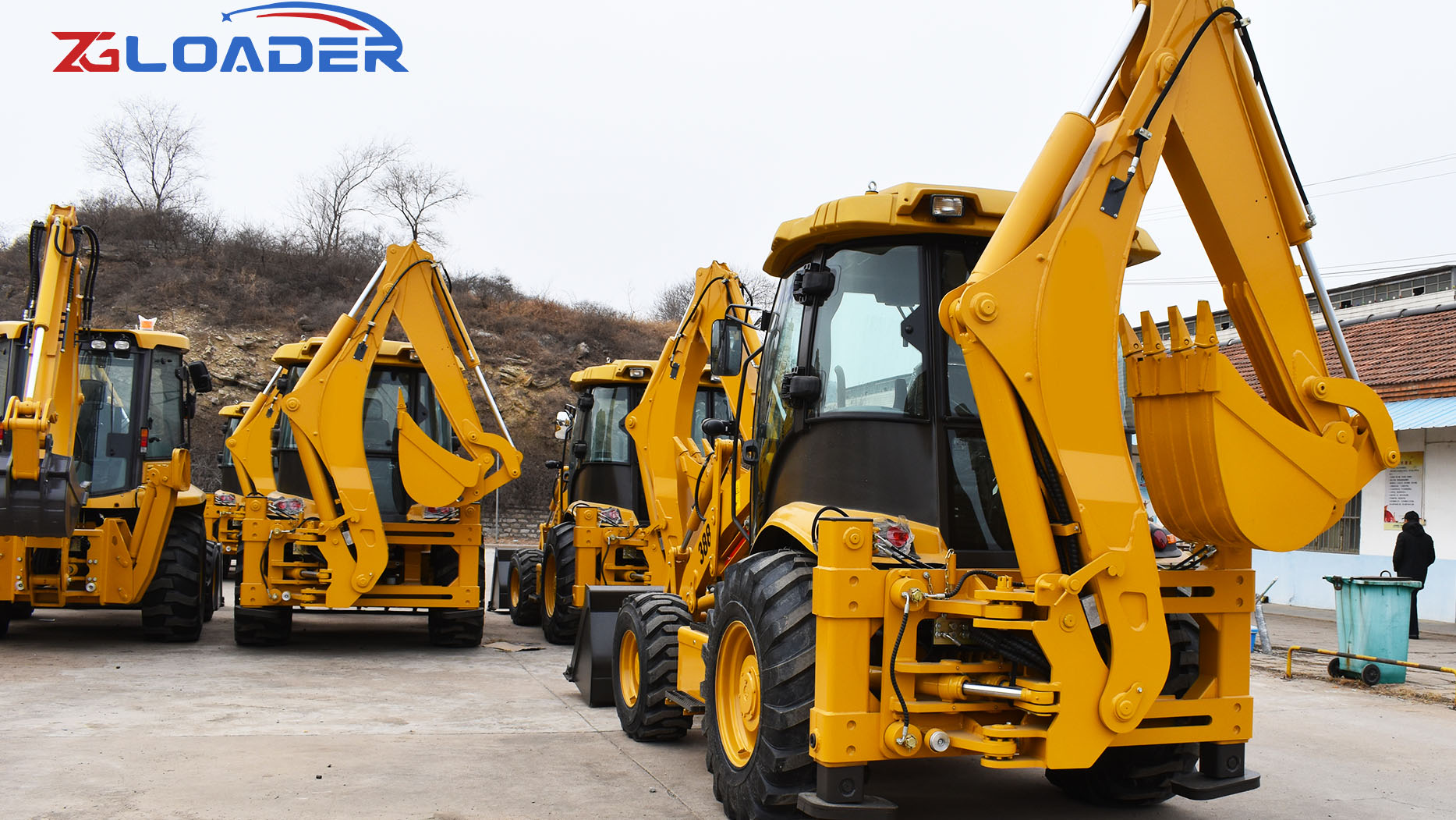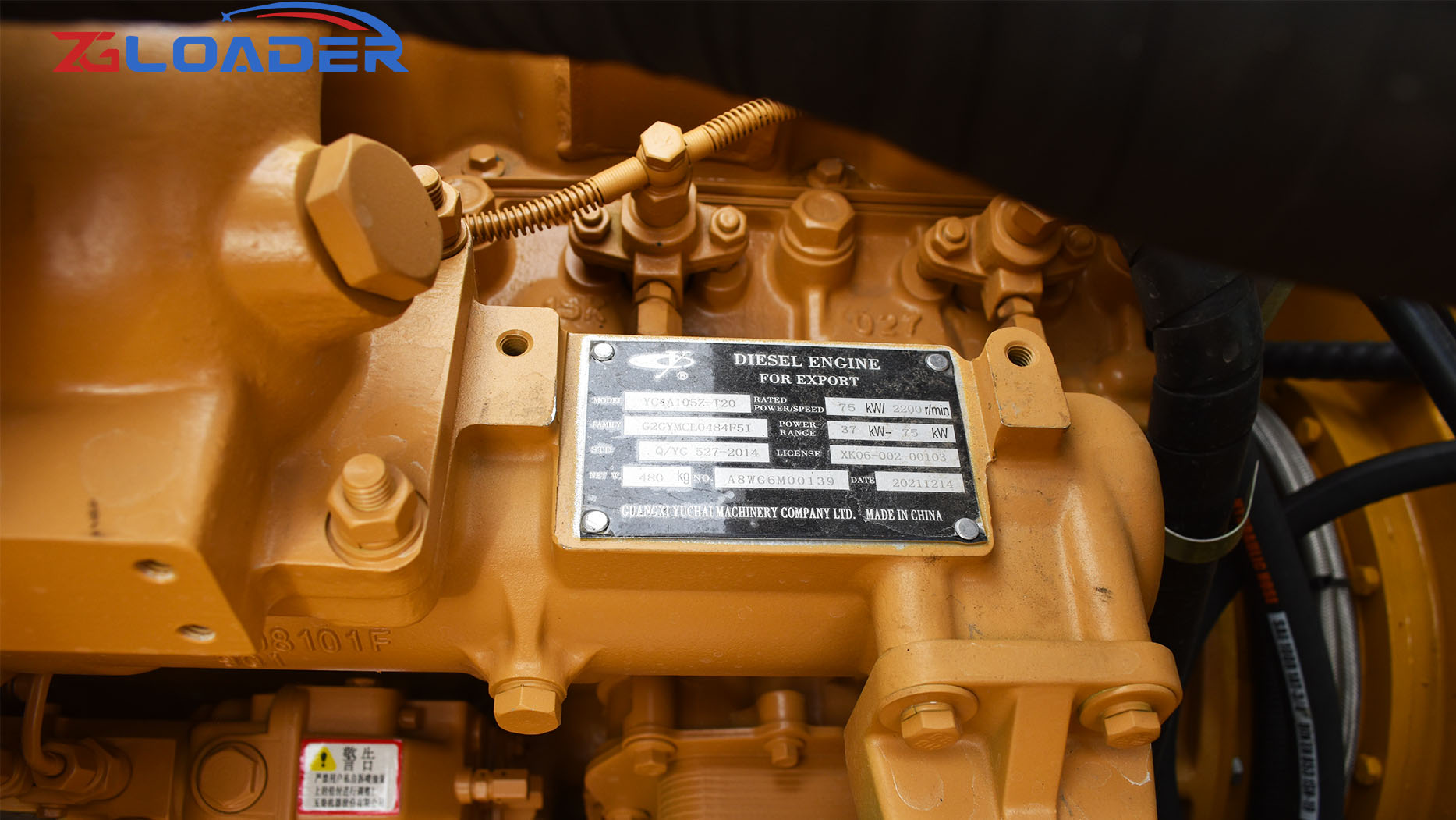Renting a backhoe is a common requirement for various construction and landscaping projects, from digging trenches for utilities to clearing land for new developments. However, determining the exact cost of renting a backhoe for a day can be a complex process, influenced by a multitude of factors. This article delves into these factors, providing a comprehensive guide to help you estimate and budget for your backhoe rental needs.
Understanding the Factors Affecting Backhoe Rental Costs:
Several key elements contribute to the daily rental rate of a backhoe. Failing to consider these can lead to inaccurate budgeting and unexpected expenses.
Backhoe Size and Type: This is perhaps the most significant factor. Backhoes come in various sizes, from compact mini backhoes ideal for tight spaces to larger, more powerful models capable of handling heavy-duty tasks. Larger backhoes with greater digging depth and lifting capacity will naturally command higher rental rates. Furthermore, specialized backhoe types, such as those with extendable dippers or specialized attachments, will also influence the price.
Location: Rental rates vary significantly depending on your geographical location. Areas with high demand for construction equipment or a limited supply of rental companies will generally have higher prices. Conversely, in areas with more competition, you might find more competitive rates.
Rental Duration: While the focus here is on daily rentals, it's important to understand that longer rental periods often translate to lower daily rates. Many rental companies offer weekly or monthly rates that are significantly discounted compared to daily rentals. If your project extends beyond a few days, exploring these options can lead to substantial cost savings.
Age and Condition of the Equipment: Newer backhoes, generally, will be more expensive to rent than older models. Newer machines often have better fuel efficiency, improved features, and reduced maintenance needs, justifying the higher cost. However, well-maintained older equipment can be a cost-effective alternative for less demanding projects.
Attachments: Backhoes can be equipped with various attachments, such as buckets of different sizes, hammers, augers, and rippers. Each attachment will typically incur an additional rental fee, which can vary depending on the attachment type and its availability. Clearly define the attachments you require when requesting a quote. 
Insurance: Insurance is a critical aspect of renting any heavy equipment. Rental companies typically offer damage waivers or insurance policies, which can add to the overall rental cost. It's crucial to understand the coverage provided and ensure you have adequate insurance to protect yourself against potential damage or liability. You might also be able to use your own existing insurance, but this needs to be verified with the rental company.
Delivery and Pickup: Unless you have the means to transport the backhoe yourself, you'll need to factor in delivery and pickup charges. These fees vary depending on the distance to the job site and the rental company's policies. Clarify these costs upfront to avoid surprises.
Fuel: You are generally responsible for the fuel used during the rental period. Factor in the cost of fuel based on the backhoe's fuel consumption rate and the estimated usage. Some rental companies may offer the option of pre-paying for fuel, which can simplify the process but may not always be the most cost-effective option.
Operator: For some projects, you might need to hire a qualified operator to run the backhoe. If you don't have a trained operator on staff, the rental company can often provide one for an additional fee. This cost will vary depending on the operator's experience and the local market rates.
Seasonality: Demand for backhoe rentals can fluctuate depending on the time of year. During peak construction seasons, rental rates tend to be higher due to increased demand. Planning your project during the off-season, if possible, might help you secure better rental rates.
Estimating the Cost:
Given the numerous variables involved, it's impossible to provide a single, universal price for backhoe rentals. However, you can follow these steps to estimate the cost for your specific needs:
Determine the Backhoe Size and Type: Assess the project requirements to determine the appropriate size and type of backhoe. Consider factors such as digging depth, lifting capacity, and maneuverability.
Contact Local Rental Companies: Reach out to several rental companies in your area to request quotes. Be sure to provide detailed information about your project, including the rental duration, required attachments, and any need for delivery or operator services.
Compare Quotes: Carefully compare the quotes from different rental companies, paying close attention to the included services, insurance coverage, and any additional fees. Don't just focus on the base rental rate; consider the total cost.
Factor in Additional Expenses: Remember to include additional expenses such as fuel, insurance, delivery, operator fees (if needed), and any applicable taxes.
Negotiate: Don't hesitate to negotiate with the rental company. They might be willing to offer discounts, especially for longer rental periods or if you are a repeat customer.
Typical Rental Rates (General Guidelines):
While precise figures are location-dependent, these general ranges can provide a starting point:
Mini Backhoes: $200 - $400 per day
Standard Backhoes: $300 - $600 per day
Large Backhoes: $500 - $1000+ per day
These are rough estimates, and actual rates can vary significantly.
Tips for Saving Money:
Rent for Longer Durations: As mentioned earlier, longer rental periods often result in lower daily rates.
Book in Advance: Booking in advance, especially during peak season, can help you secure better rates and ensure availability.
Shop Around: Get quotes from multiple rental companies to compare prices and services.
Consider Used Equipment: Well-maintained older equipment can be a cost-effective alternative for some projects.
Negotiate: Don't be afraid to negotiate with the rental company.
Minimize Downtime: Plan your project carefully to minimize downtime and maximize the utilization of the backhoe.
Return Equipment on Time: Returning the equipment late can incur additional charges.
Conclusion:
Renting a backhoe requires careful planning and consideration of various factors. By understanding these factors and following the steps outlined in this article, you can accurately estimate the cost of your rental and avoid unexpected expenses. Remember to contact multiple rental companies, compare quotes, and factor in all associated costs to make an informed decision and secure the best possible deal for your project. Clear communication with the rental company is crucial throughout the process to ensure a smooth and successful rental experience.
Post time:Feb.12.2025


